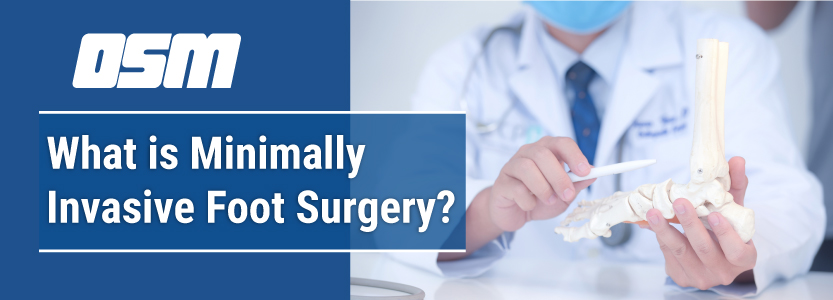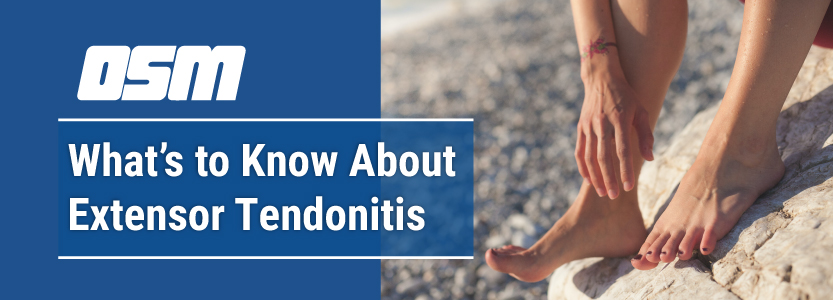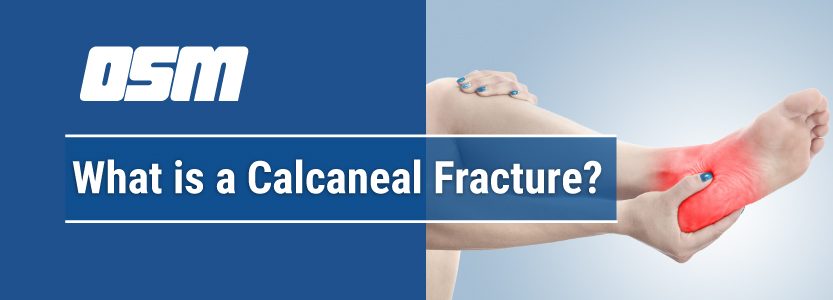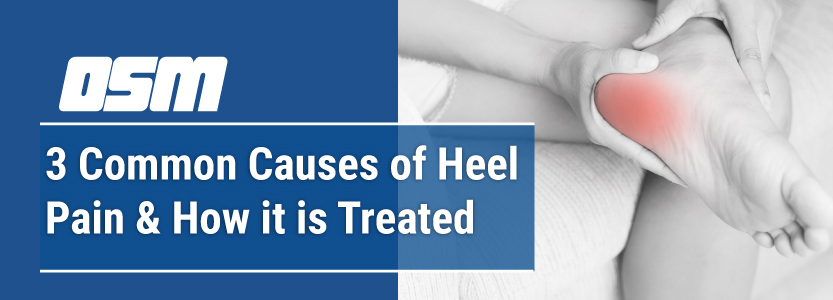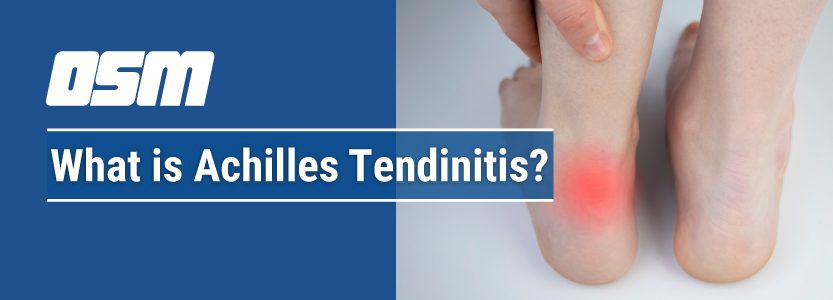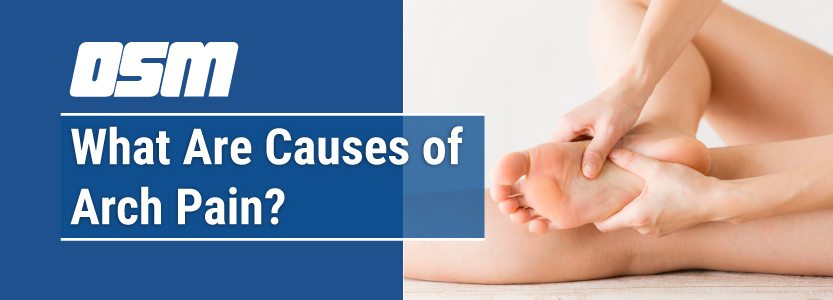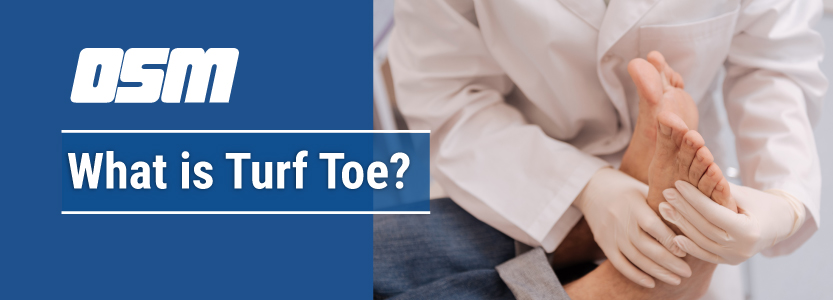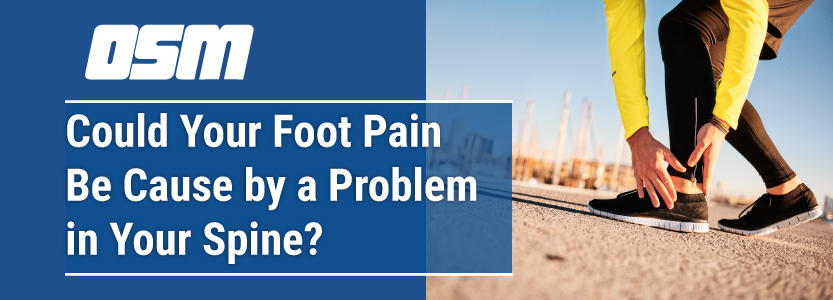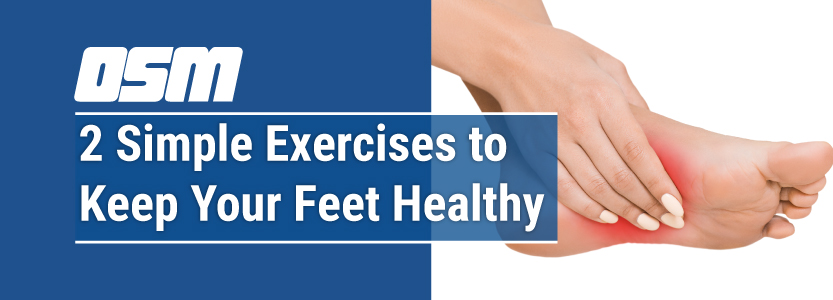What is Minimally Invasive Foot Surgery?
Article featured on FootCareMD
Minimally invasive surgery (MIS) treats foot and ankle conditions and deformities using very small incisions. In these procedures, your foot and ankle orthopedic surgeon uses special instruments to cut bones under X-ray guidance and inserts screws through very small incisions. Advantages of minimally invasive surgery over traditional surgery include faster healing, smaller scars, and less stiffness. The main disadvantage is that it takes additional training and practice for your surgeon to feel comfortable performing these procedures without the traditional open visualization.
Diagnosis
A variety of foot and ankle problems, including big toe arthritis, bunions, and hammertoes, can be treated with minimally invasive surgery. Importantly, not all patients are good candidates for minimally invasive surgery, and not all surgeons perform minimally invasive surgery. If you are interested in the procedure, talk to a foot and ankle orthopedic surgeon with experience in minimally invasive surgery to see if you are a good candidate for it.
Recovery
Recovery is often faster from minimally invasive procedures compared to open procedures. Some weight-bearing can be allowed immediately after surgery, but this depends on the procedure you are having done.
Risks and Complications
The risks of minimally invasive surgery are similar to traditional, open surgeries, although the risks of infection and wound healing problems may be lower with minimally invasive surgery because the incisions are so small.
While the small incisions used in minimally invasive surgery can make it easier to damage unseen structures like nerves and tendons, research studies have not shown a higher rate of these injuries. With good technique and surgeon experience, these surgeries may even have lower risk compared to open surgeries. More research still needs to be done on these procedures to determine their risks and benefits relative to more traditional surgical methods.
The Orthopedic & Sports Medicine Center of Oregon is an award-winning, board-certified orthopedic group located in downtown Portland Oregon. We utilize both surgical and nonsurgical means to treat musculoskeletal trauma, spine diseases, foot and ankle conditions, sports injuries, degenerative diseases, infections, tumors and congenital disorders.
Our mission is to return our patients back to pain-free mobility and full strength as quickly and painlessly as possible using both surgical and non-surgical orthopedic procedures.
Our expert physicians provide leading-edge, comprehensive care in the diagnosis and treatment of orthopedic conditions, including total joint replacement and sports medicine. We apply the latest state-of-the-art techniques in order to return our patients to their active lifestyle.
If you’re looking for compassionate, expert orthopedic and podiatric surgeons in Portland Oregon, contact OSM today.
Phone:
Address
1515 NW 18th Ave, 3rd Floor
Portland, OR 97209
Hours
Monday–Friday
8:00am – 4:30pm

